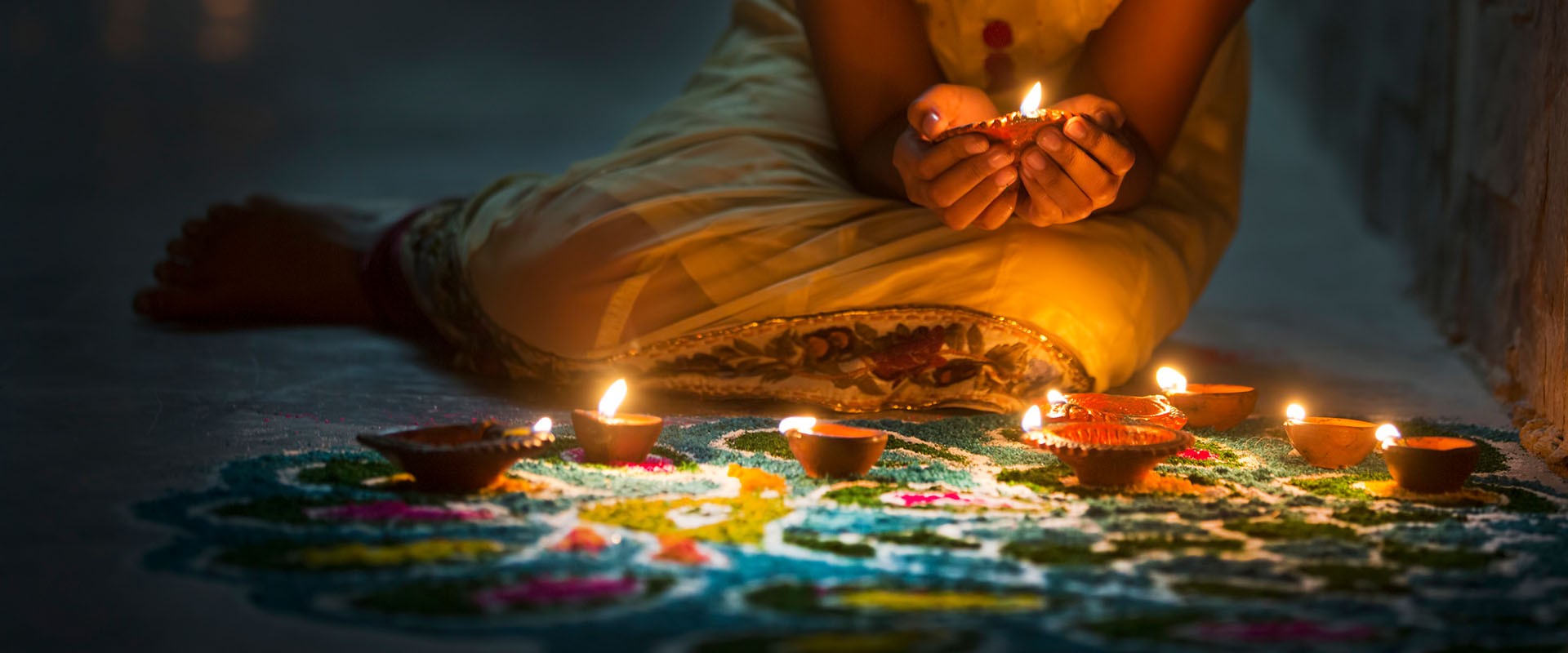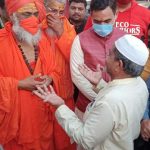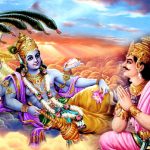Deepavali, the festivals of lights, is a very Indian festival. One doesn’t find a household in the country which doesn’t revere in the spirit of this festival. It is an eternal part of Indian culture. Even the non-traditionalist, and other religions celebrate along with the Hindus. Legends behind the festival might differ in states but the spirit of celebrating Deepavali across the country is same. Each state has its own stories associated with Deepavali and its very own way to celebrate, albeit in their unique style.
Deepavali across the country is celebrated as a five day festival, starting with Dhanteras/ Yama Deepam to bhaiduj/ Yamadwitya. But Deepavali is also the beginning of the auspicious month of “Kartika Masam”, considered the holiest month in the Hindu calendar, dedicated to Lord Shiva. Devotees throng the rivers to take bath in the early mornings, start the Kartika fasting, and read the Kartika puranam.
In this article, Religion World looks at the different rituals of different states in south India and how Deepavali is celebrated in this part of the country.
The fives of the festival is Dhanatrayodashi or Yamadeepam for day one, Narak Chaturdashi on second day, Lakshmi pooja for day three, Bali Padyami on the fourth day, and Yama Dwitiya on the fifth day.
Dhanatrayodashi
This day marks the beginning of Deepavali celebrations. It is the thirteenth day of Krishna Paksha. Lord Dhanwantari came out of the ocean with Ayurveda for mankind. On this day at sunset people should take bath and offer Naivedyam to Lord Yama raj and light deepam (known as Yama Deepam) at the tulasi tree for protection from untimely death and it is supposed to burn till the sunrise. And starting today the tradition of lighting Diya at the Tulasi continues for one month, till the next month Amavasya.
Narak Chaturdashi
On this day Lord Krishna killed Narakasura and made the world free from fear. On this day people should apply oil to body to relieve from tiredness and take bath so that Deepavali can be celebrated with utter devotion. After the ritual bath, celebrations start for the Deepavali with Children lighting the crackers and a feast.
In Telangana woman give the traditional “Aarti” to their menfolk. And in Tamil Nadu they consume the medicinal “Leghyam”.
Lakshmi Puja
On the Deepavali day, Goddess Lakshmi puja is worshipped to achieve the blessings of wealth and prosperity at homes and at commercial places. And the ritual of Akasadeepam begins on this day. Watch this space for more about the significance of Kartika Deepam and Akasa Deepam.
Bali Padyami
It is believed that King Bali was very generous and used to give many gifts. He used to excessively donate to underprivileged, hence Lord Vishnu was born as Vamana and asked alms for King Bali to give a land which covers three of his footsteps. King Bali fulfilled his wish and Lord Vishnu crushed king Bali into the underworld in his third step. Prahlada (grandfather of Bali) pleaded Vishnu to Forgive Bali.
On Bali’s request, Vishnu granted a boon that people on earth would remember him and would worship him. That is the reason for Balipadyami.
As per the puranas Lord Krishna lifted Govardhan Mountain and held it like an umbrella to save the people of Gokul. So On this day, Govardhan Pooja is performed.
Yadav Community of Telangana celebrates Sadar festival on this day. Sadar is a buffalo carnival celebrated annually by the Yadav community of Hyderabad, Telangana, India as a part of Diwali. It is also known as Dunnapothula panduga and it occurs on the second day after Diwali.
The buffaloes are decorated with garlands of flowers, painted horns, and paraded through the streets, often accompanied by the crowd dancing to the sounds of teen maar music. The animals are sometimes encouraged to rear up on their hind legs
Brathru Dwitiya
The last day of Deepavali known as Brathru Dwitiya or Bhagini hastha is dedicated to sisters. In the Vedic era Lord Yama raj has visited her sister Yamuna and gave her a boon that whosoever visits her on this day shall be liberated from all sins and Moksha. So from then on-wards brothers visit their sisters on this day to enquire of their welfare and the sister prays for her brother’s safety, success and well-being.
Some Rituals to follow
Thirteen wheat flour lamps with oil and cotton wicks has to be kept outside the main door of the house facing south (direction of Yama raj)
Lantern has to hang above the main door right side as it symbolizes the active divine energy and cleanses the atmosphere spiritually. While doing the Lakshmi puja unbroken rice has to be used to place the Goddess Lakshmi idol.
Scientific Reasons behind the Deepavali rituals
In ancient times there was no electricity and people used to have hard time. They have to protect themselves from insects and darkness during this season the weather will be cloudy and there would be no stars.
As per Astorlogy, Deepavali festival is based on Lunar calendar (based on the movements of Moon) while other festivals are based on solar calendar (based on the movements of Sun).
Before the four months of Deepavali the fire principle is absent in the atmosphere that dominate the environment, this festival destroys the distressing elements.
The tradition of Abhyanga Snanam is a beauty treatment. It will nourish the skin with layer of Ayurveda oil and powerful herbs. This oil contains the elements that heals the cracked skin and also restrain the ageing. This also helps in controlling obesity, enhance the fat in thin people.
The monsoon is the time for insects and fungus to breed. Mosquitoes are born more in the rainy season so the crackers firing this festival act as anti-biotic for the skin diseases. Other than getting rid of insects, lighting deepam gives warmth in the winter.
Must Read APJ Abdul Kalam : A man of different faiths
Must Read Diwali in South India is more of Lights than crackers









